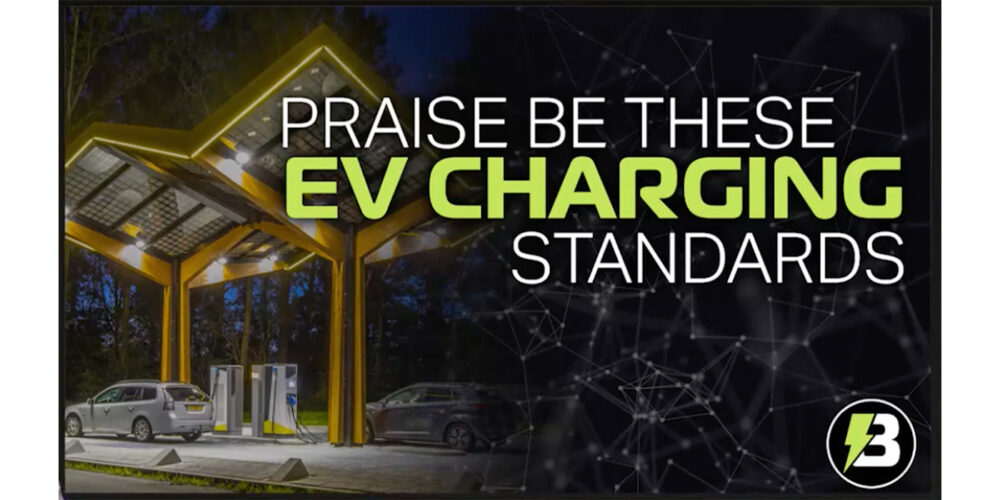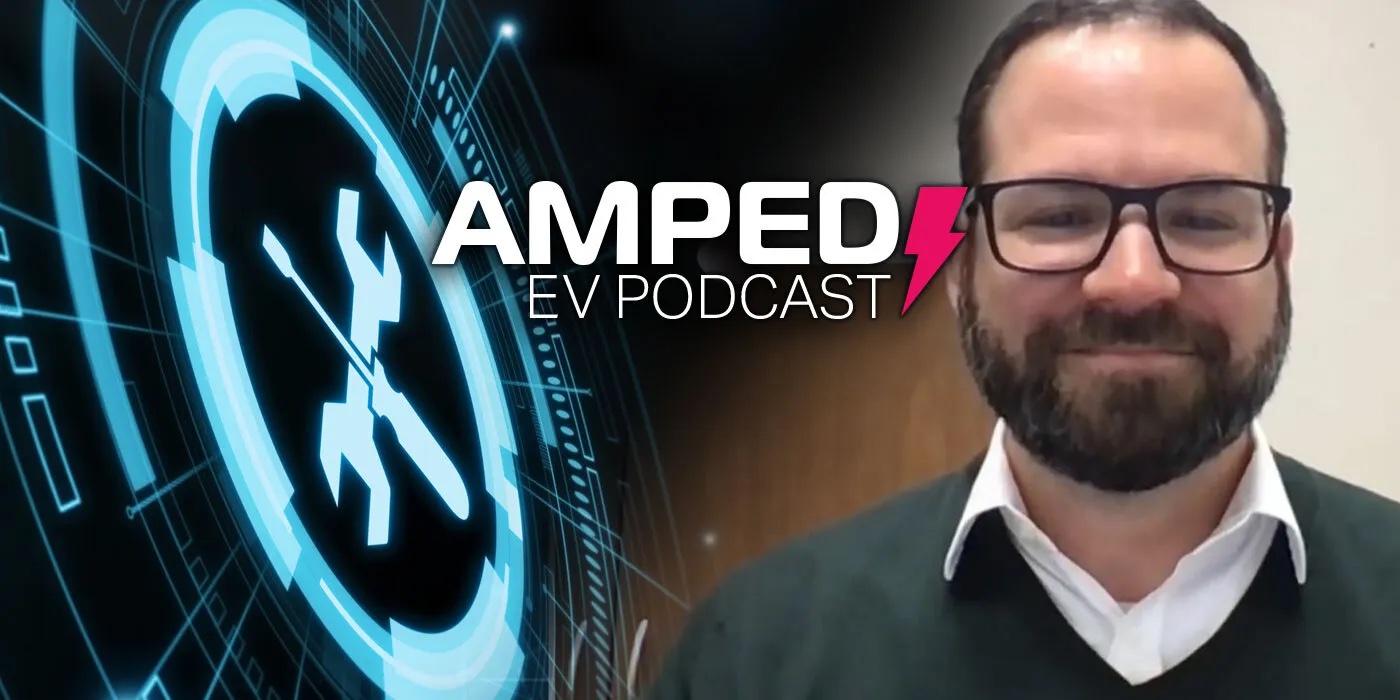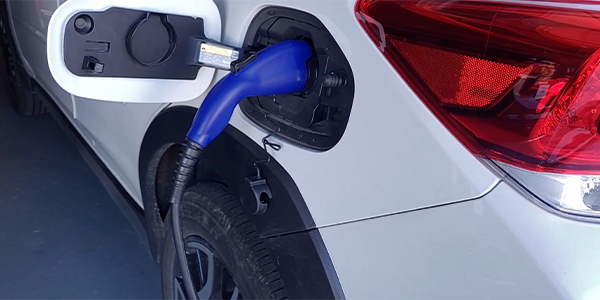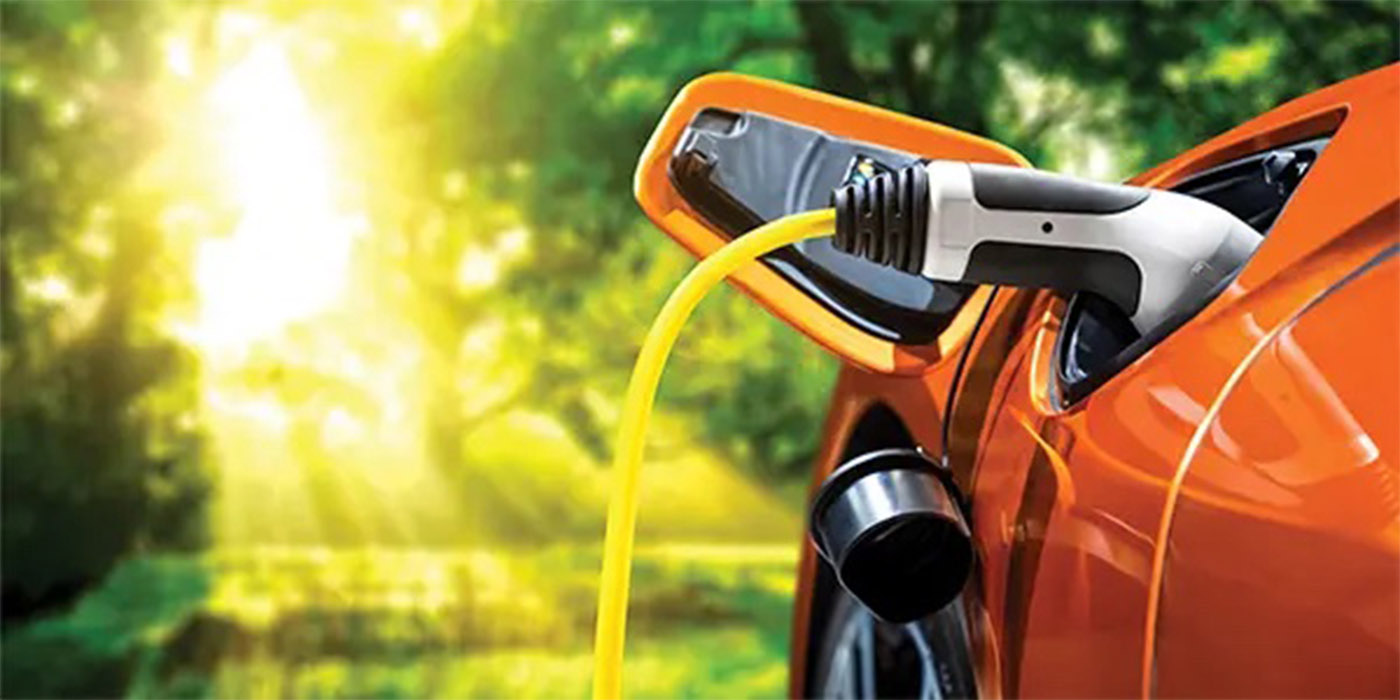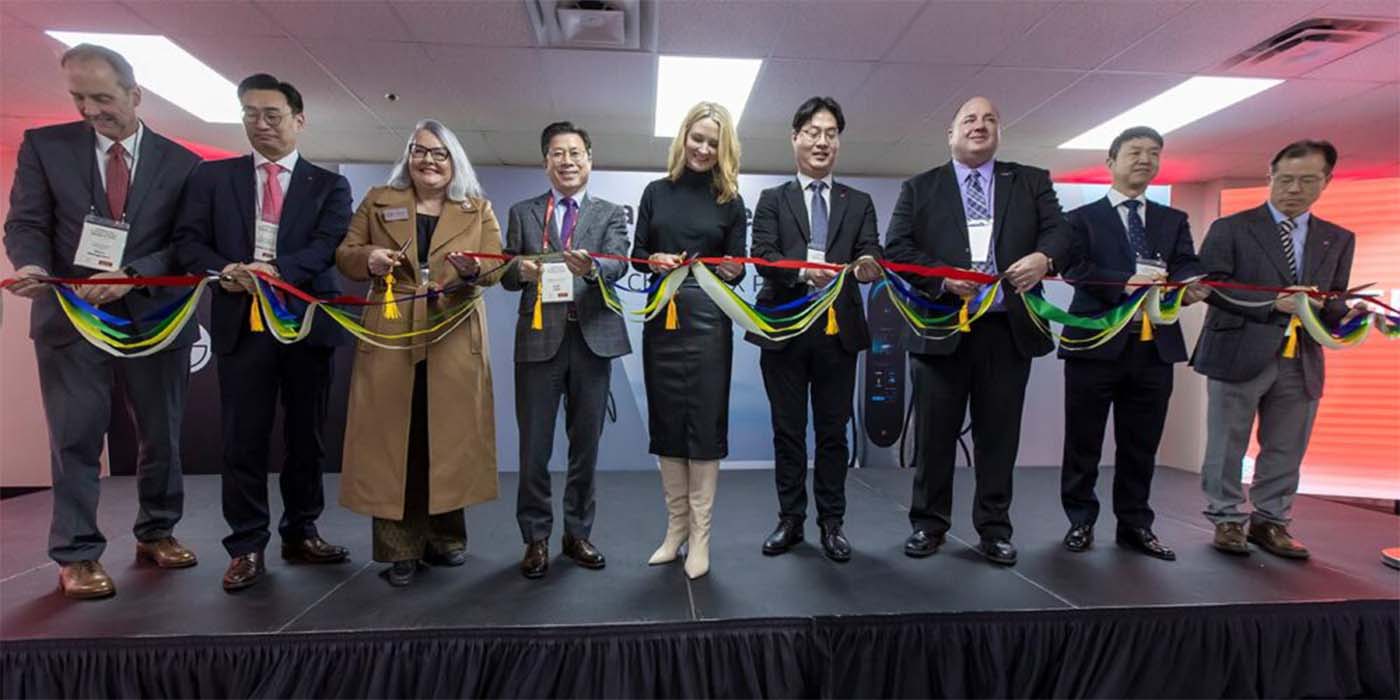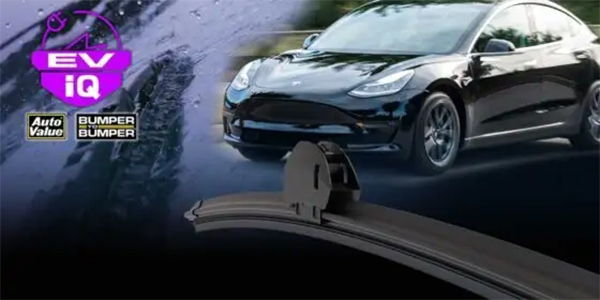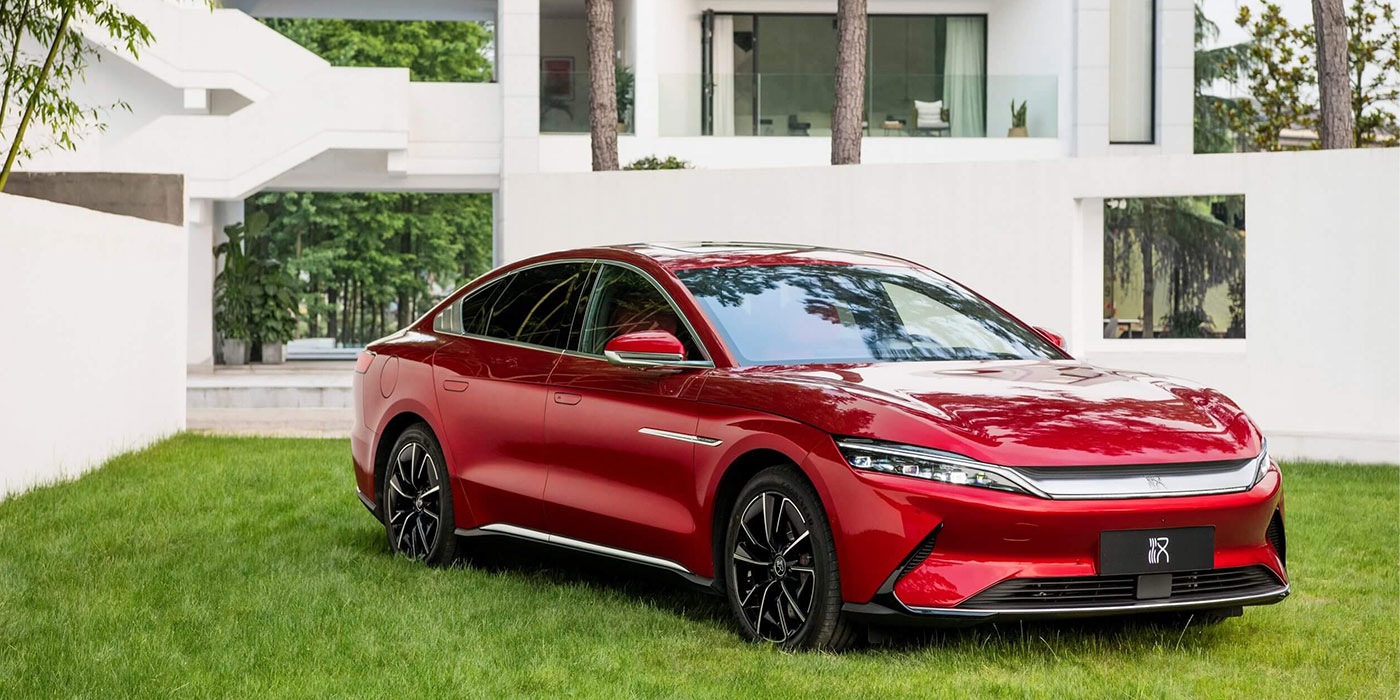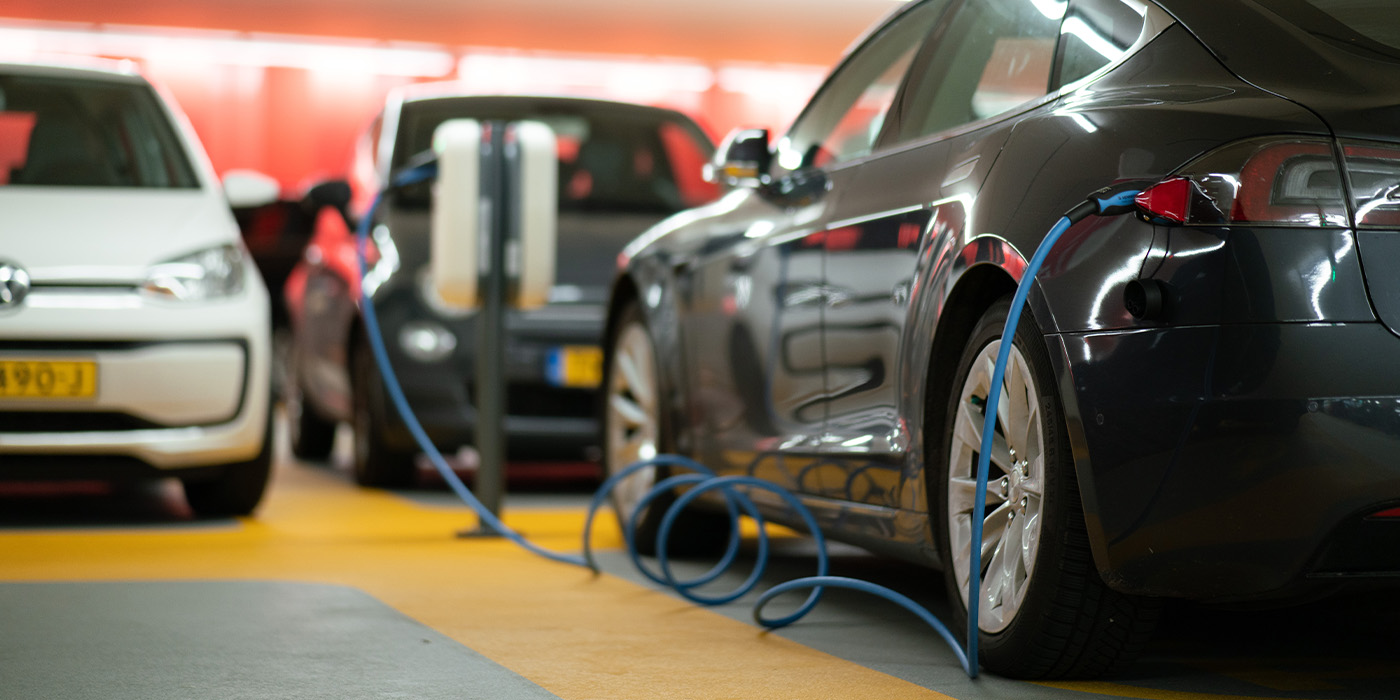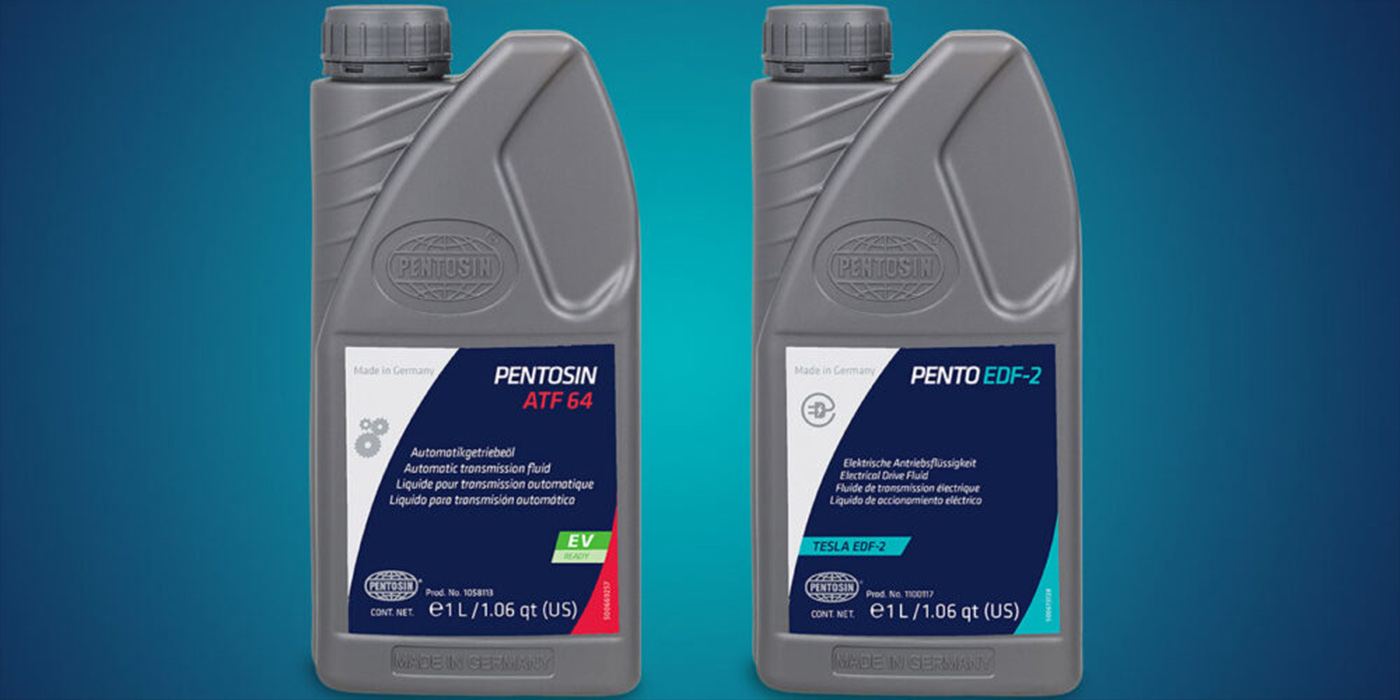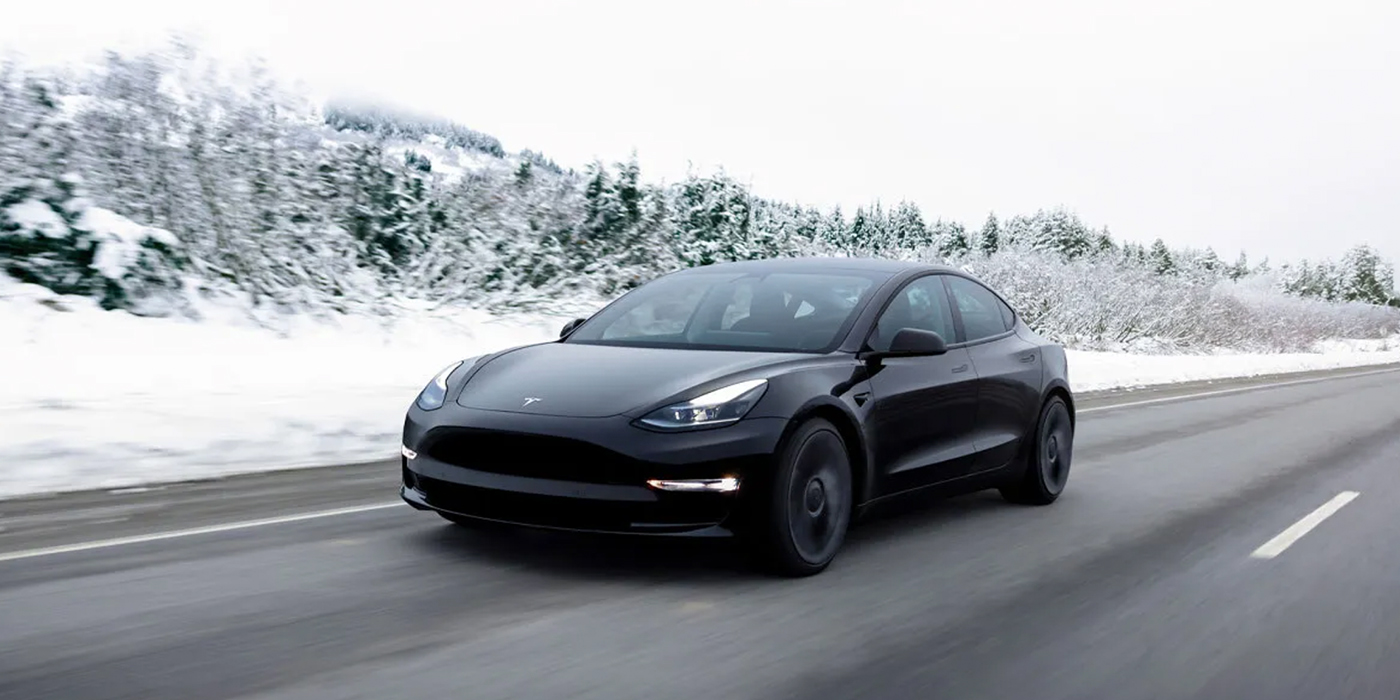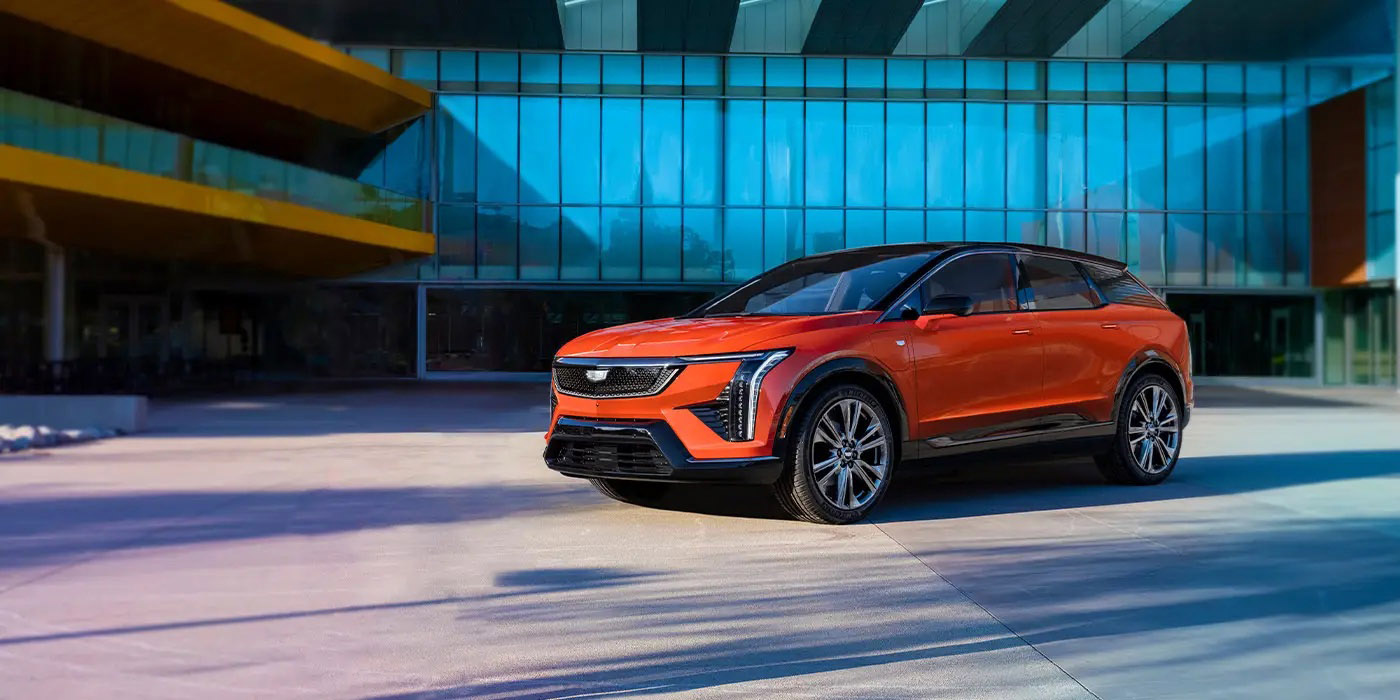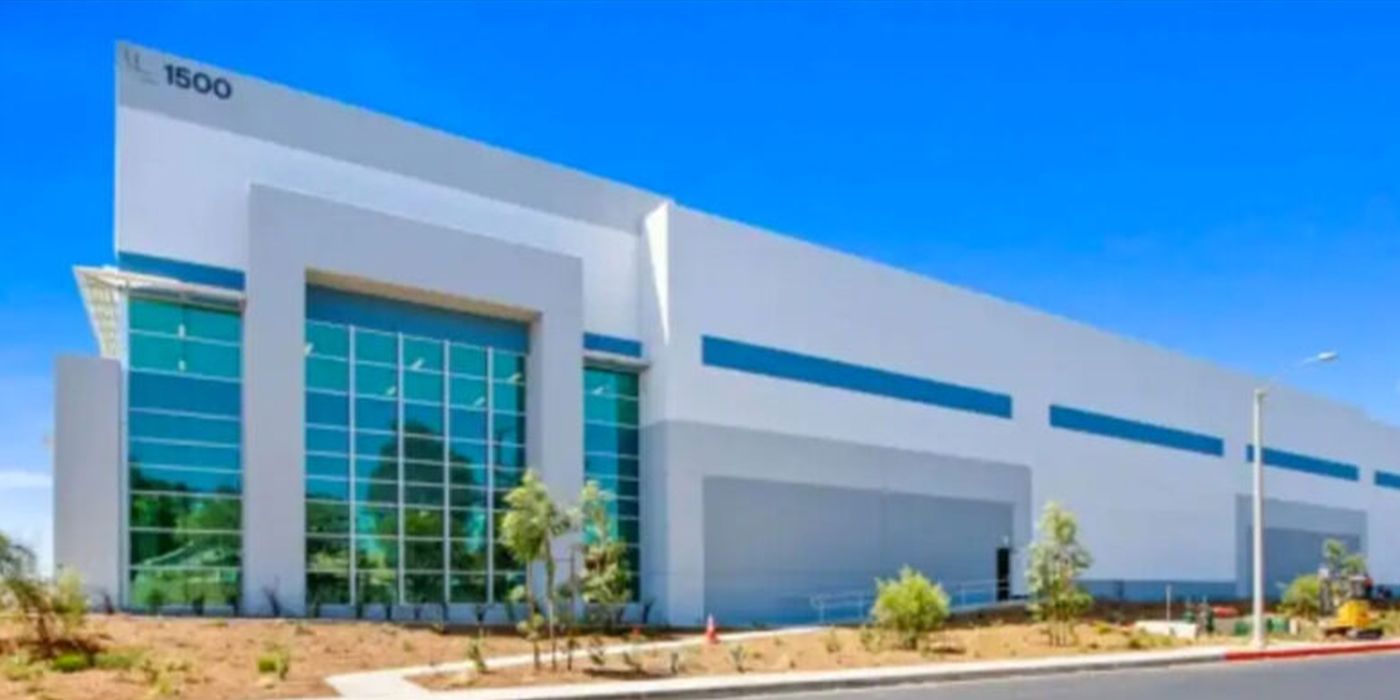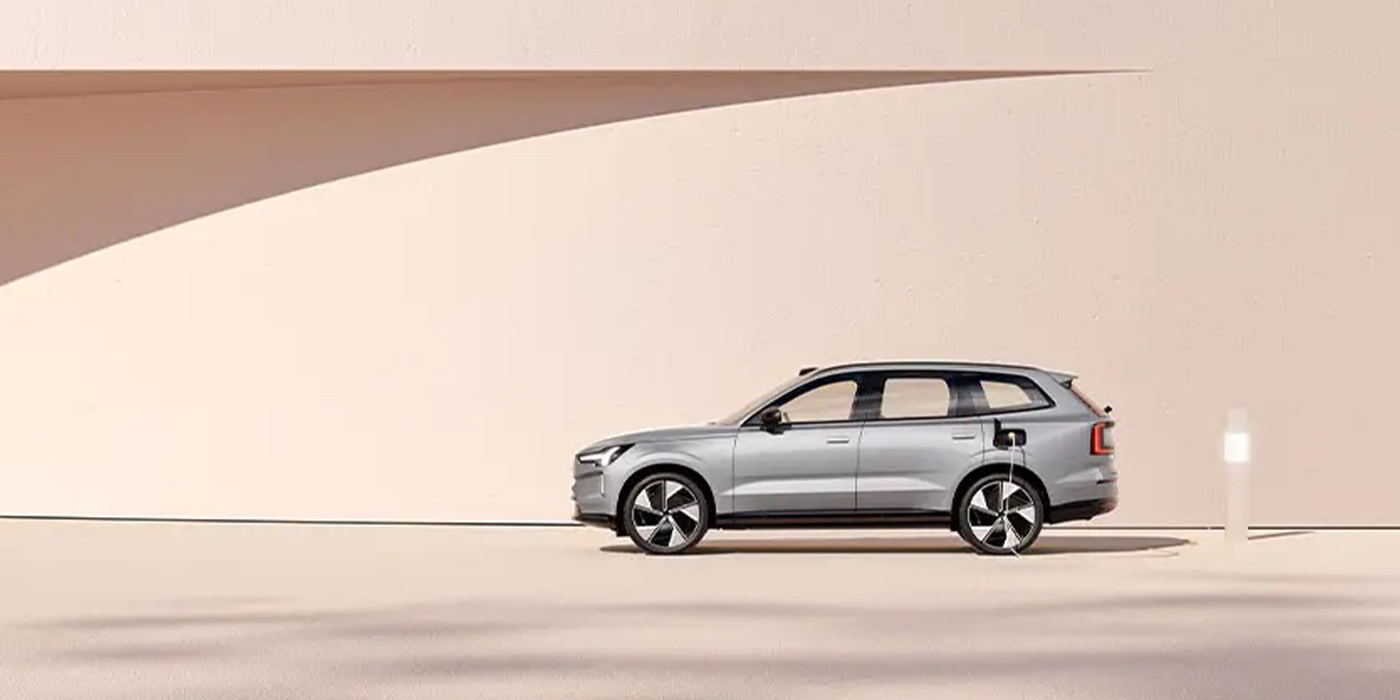In the past, we’ve looked at just how many EV chargers the U.S. is going to need to meet its lofty zero-emissions goals – the answer to that, by the way, is that an estimated total of 2.13 million Level 2 and 172,000 DC fast chargers will be needed publicly by 2030 (you can watch the full video here).
But, there’s a problem with EV charging, right? Think about this: If you pull up to just about any gas station in America, the experience is identical. You put your card in, you pick your octane, you pull the nozzle out, you stick it in your tank and you pull the dang trigger.
With EV chargers, there are no comprehensive standards for the installation, operation, or maintenance, no universal standards in connector types, payment methods, data privacy, speed and power of chargers or, most importantly, reliability.
Want more EV Impact Show? Click here.
Well, the feds seem to recognize this and, lo and behold, recently debuted a set of standards that must be adhered to for public chargers that are federally funded. Now that last part is important, as, at least up until now, these standards will presumably only be applicable to the half-million EV chargers that the Biden Administration is paying to roll out as part of the Bipartisan Infrastructure Law – everyone else is still fair game. Just keep that in mind.
So, as the majority of these federal charging stations will be installed along highway corridors, The Federal Highway Administration was appropriately the one to announce the new standards. They say the goal is to direct federal dollars to build out a national EV charging network that is user-friendly, reliable, and accessible so that charging is as easy as filling up at a gas station – no matter what car you drive or which state you charge in.
Here are the standards highlights:
- There must be consistent plug types, power levels, and a minimum number of chargers capable of supporting drivers’ fast-charging needs;
- Chargers need to work when drivers need them to, with a required 97% uptime reliability;
- Drivers need to be able to easily find a charger when they need to. Publicly accessible data on locations, price, availability, and accessibility through mapping applications are required;
- There will be a requirement that a single method of identification works across all chargers, so drivers do not have to use multiple apps and accounts to charge;
- And, chargers need to have a degree of being future-proof, so compatibility with forward-looking capabilities like Plug and Charge will be required. Plug and Charge is a way of automating payment for EV charging, meaning all drivers will need to do is connect their EV’s charging cable to the charge point, and the vehicle immediately starts to charge.
Having a standard experience when drivers stop for a charge is going to be an important factor for rising EV adoption in the coming years. The EV industry may be young… but it’s learning.

